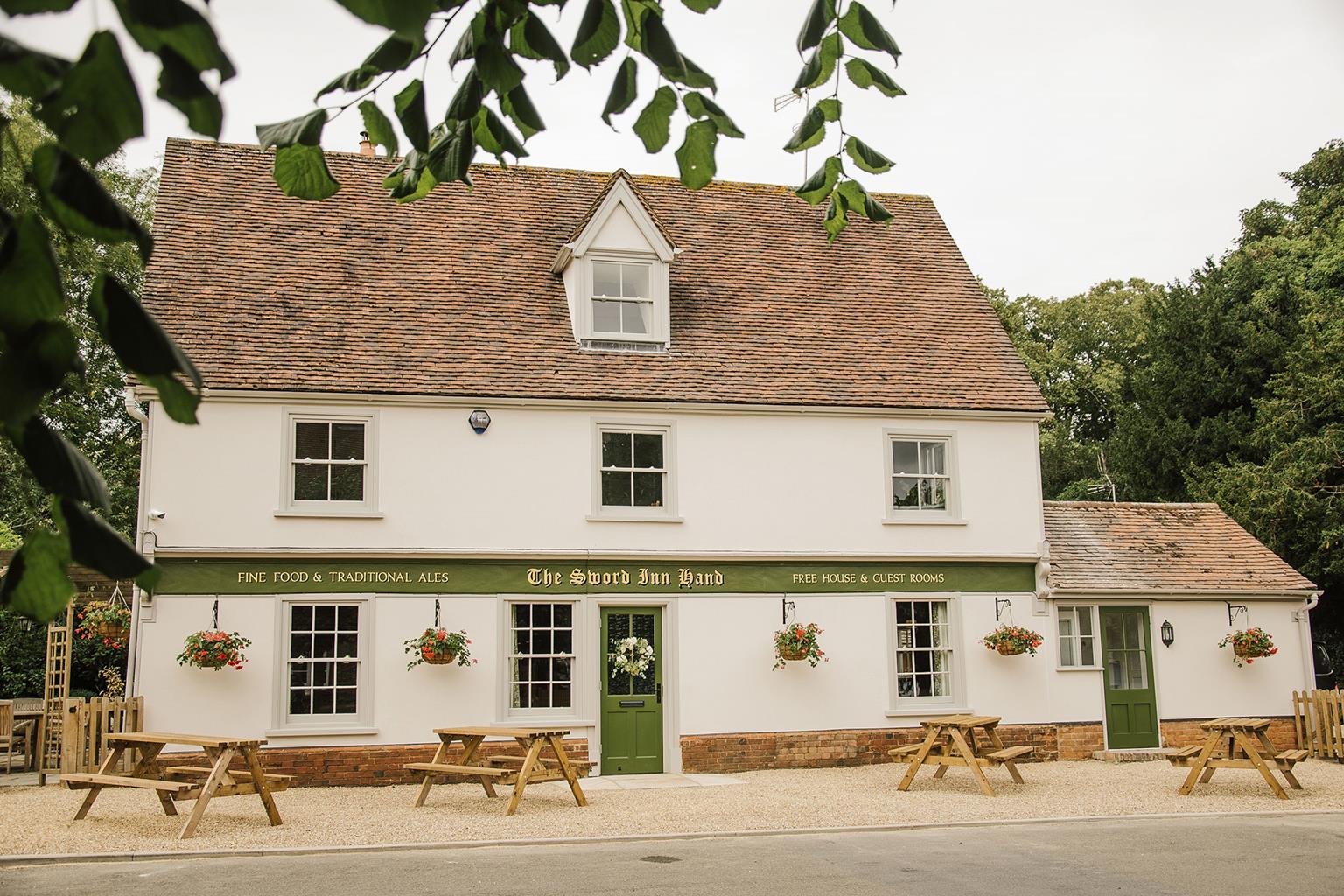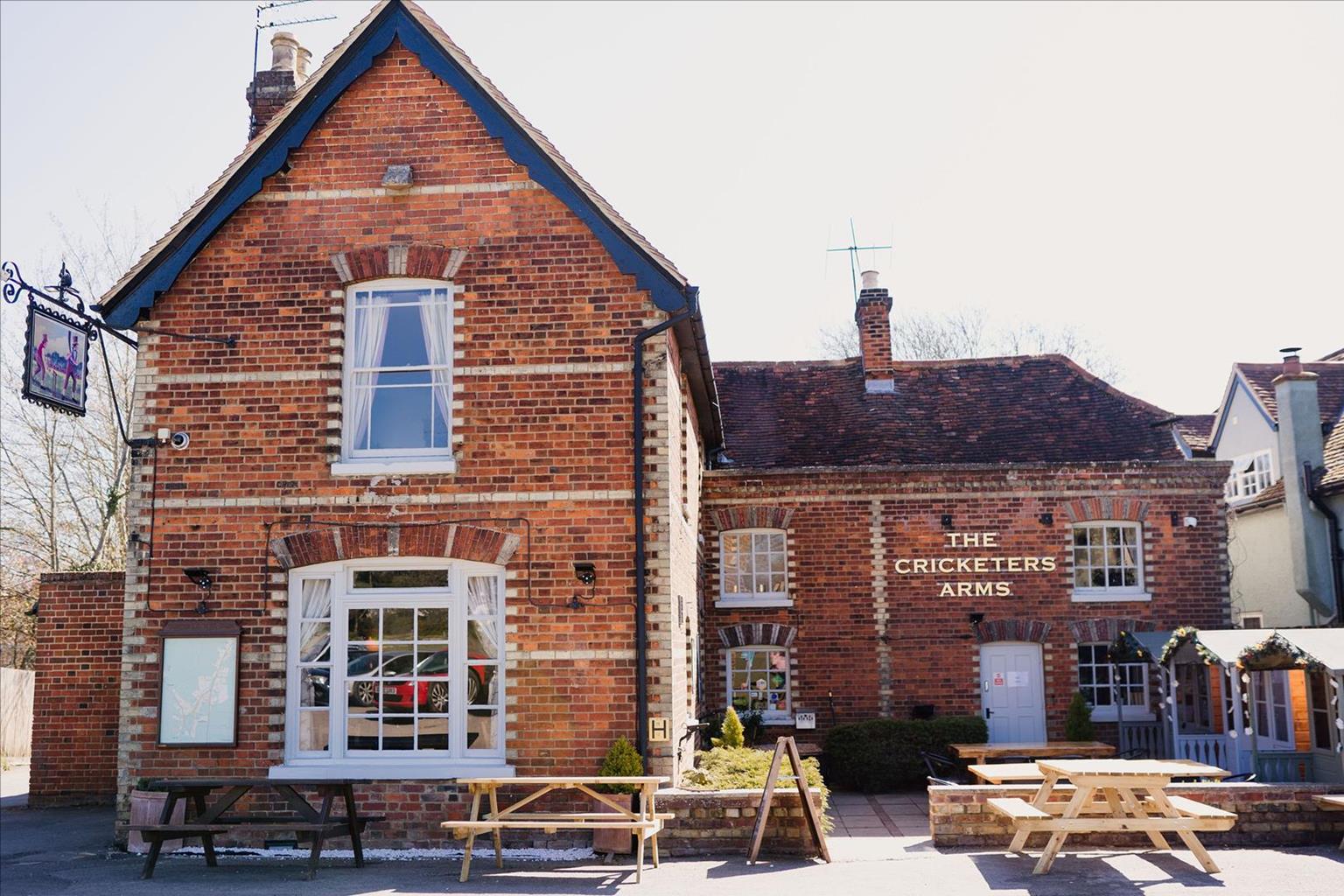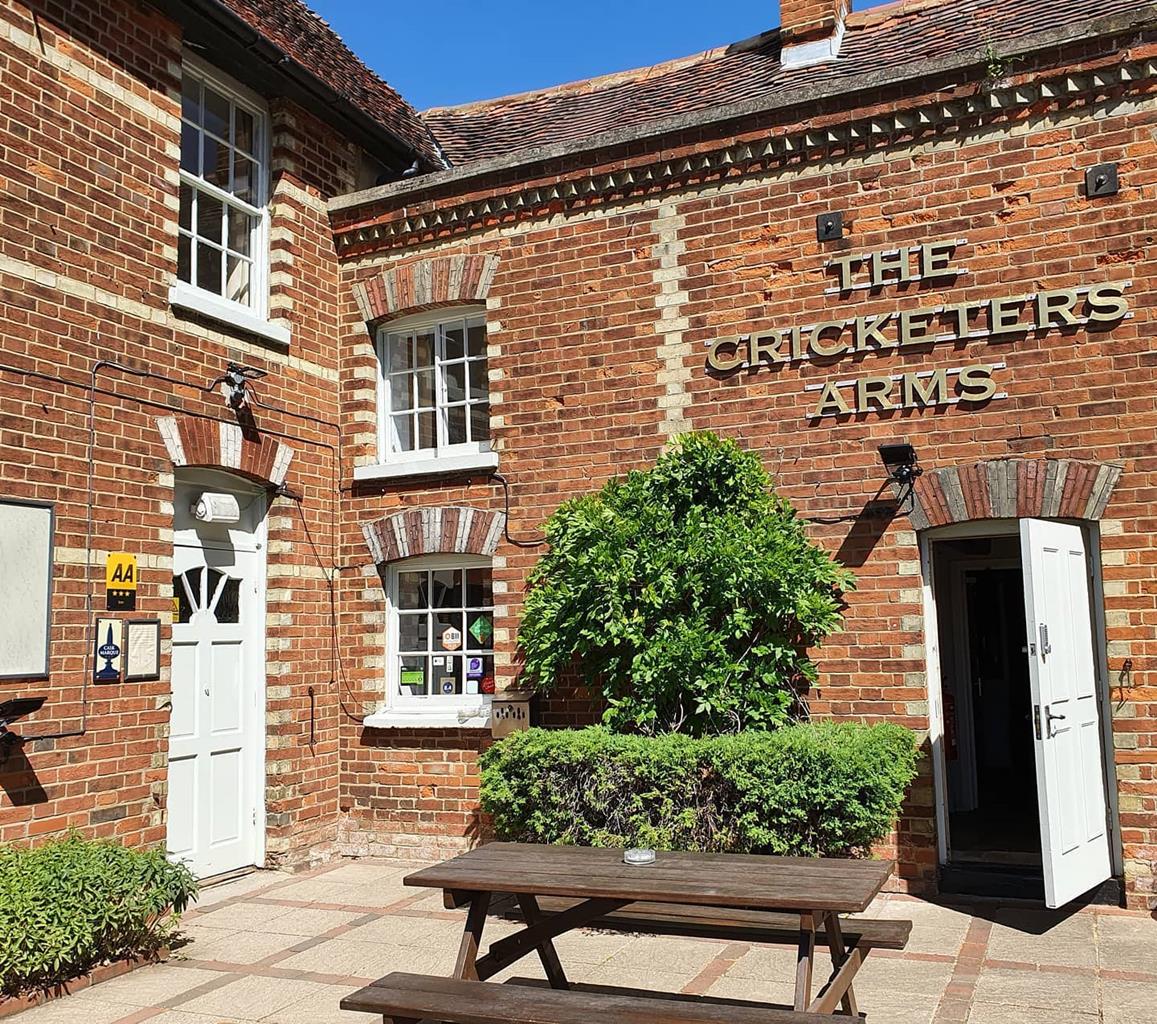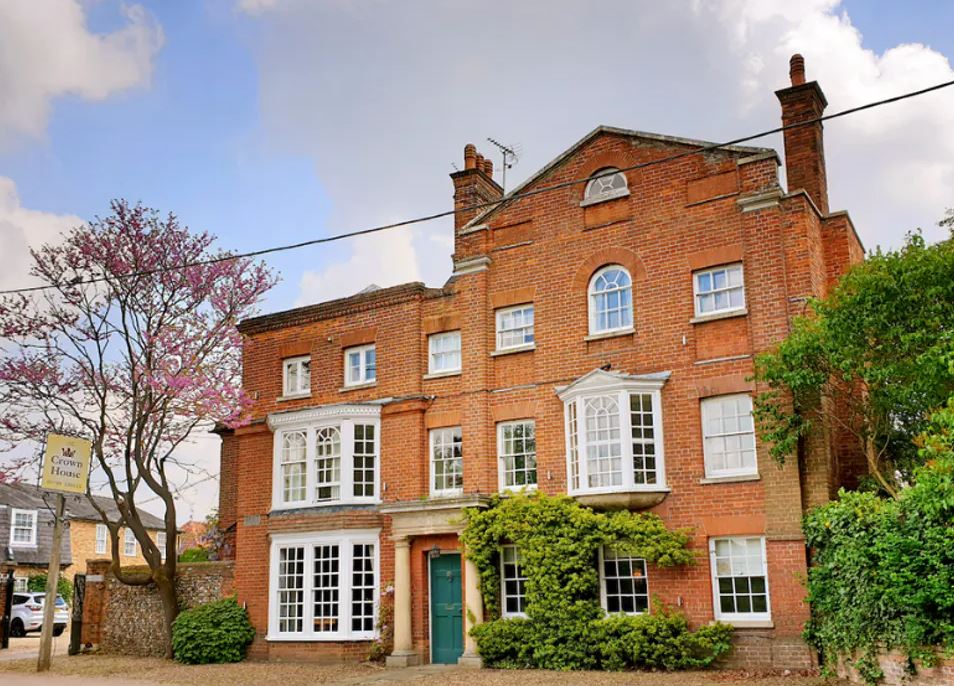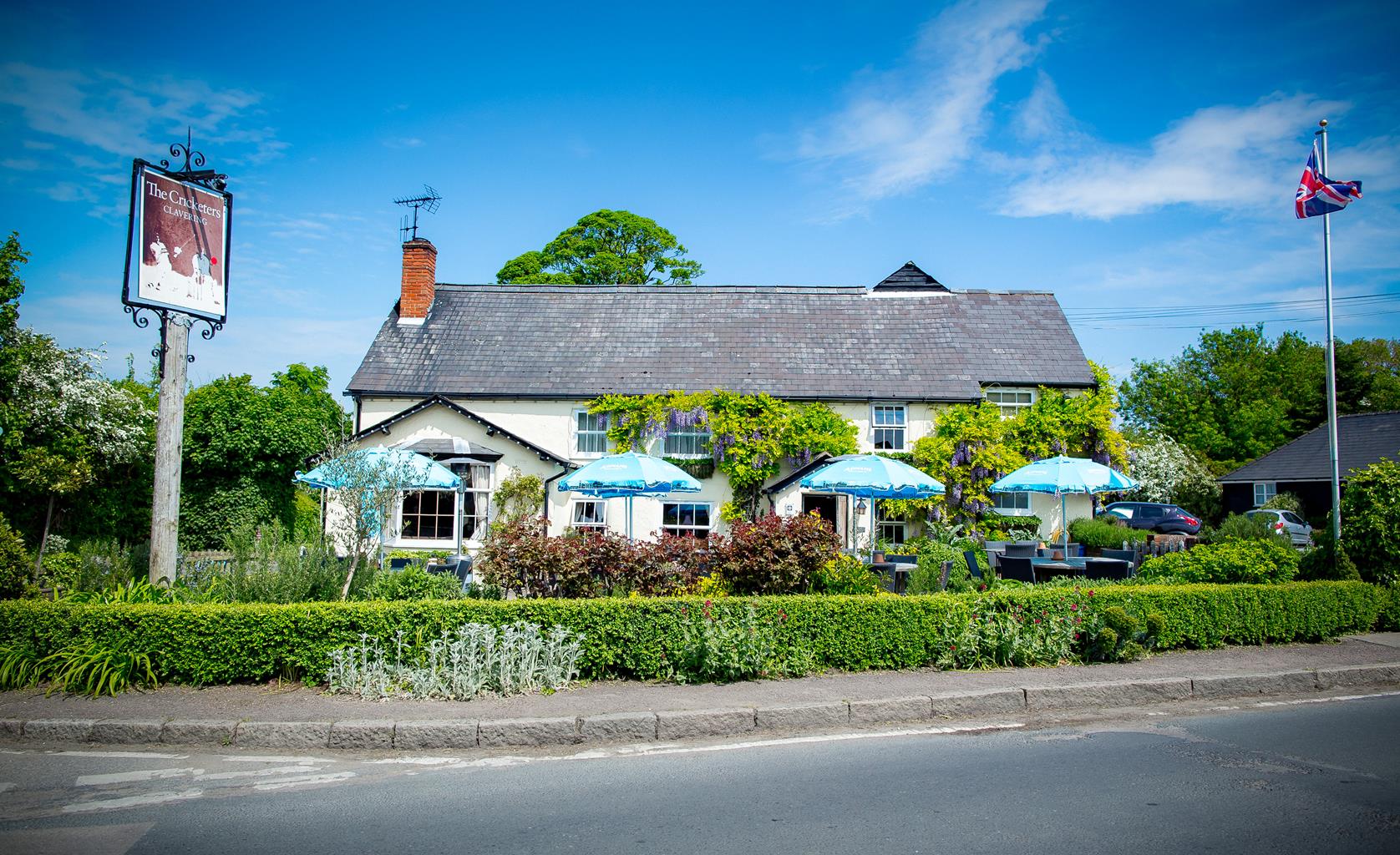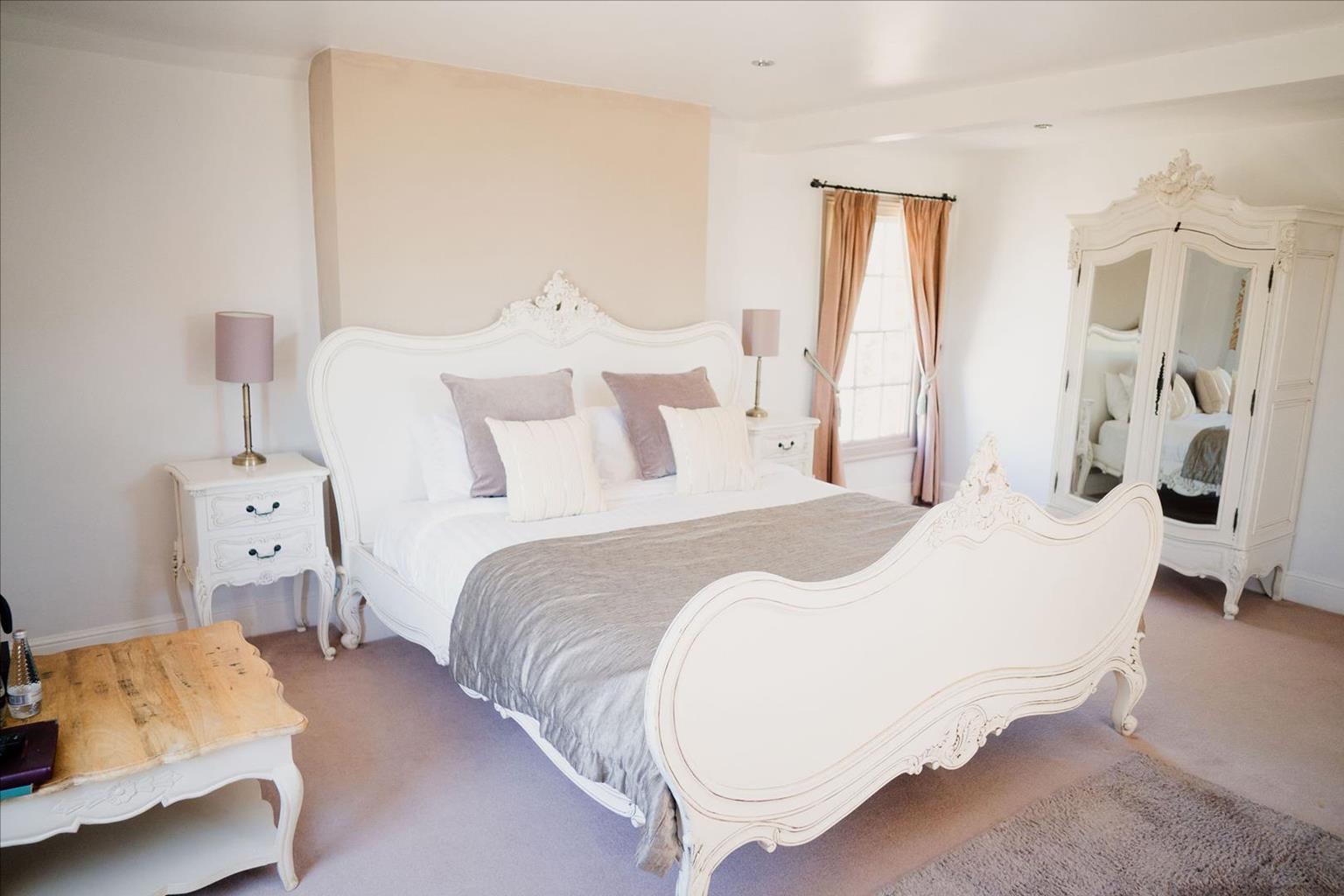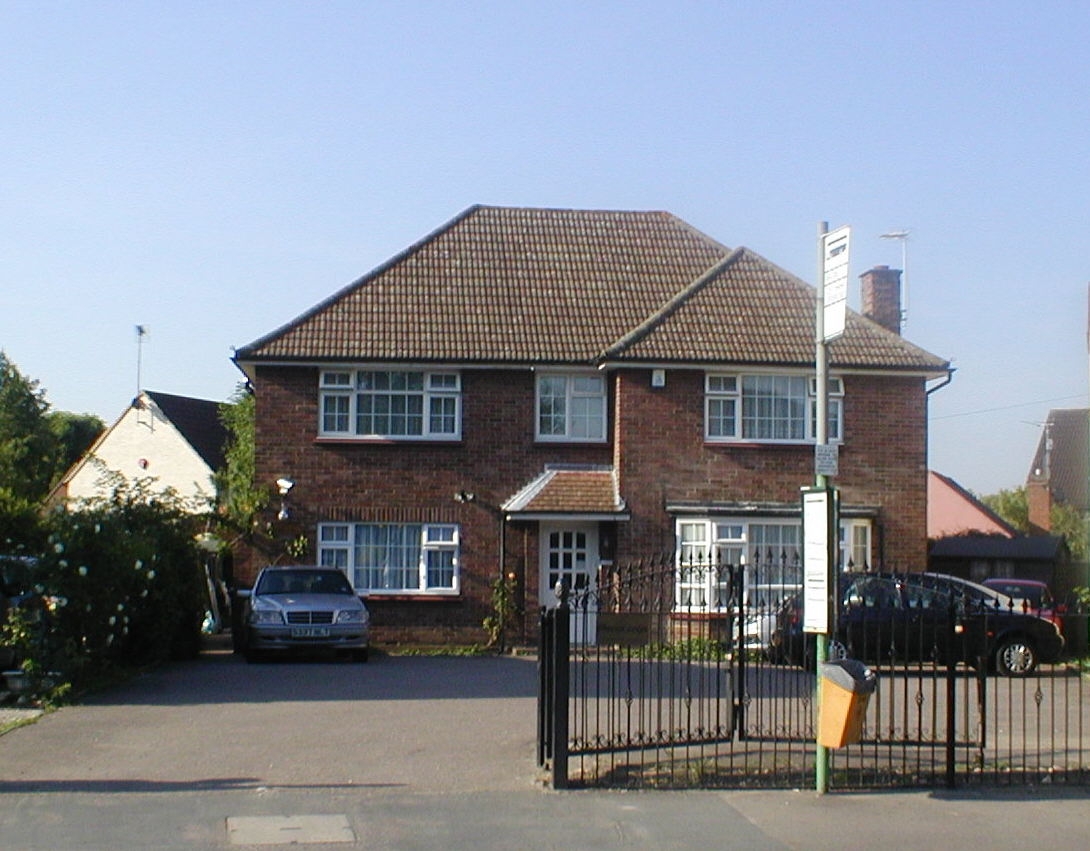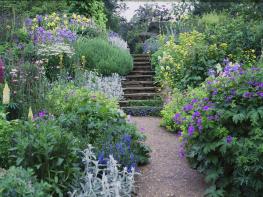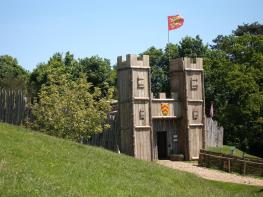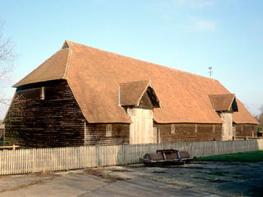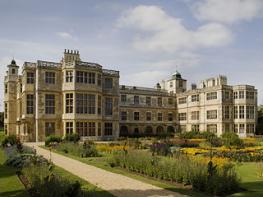Discover three beautiful holiday cottages at High Trees Farm, a 600-year-old working farm set in…
Great and Little Hormead

4 miles (6.4kms)
About the walk
The Hormeads are a very attractive pair of villages in northeast Hertfordshire's rich boulder-clay corn country, though Little Hormead is now just a few houses. Much of this walk is through arable land, cut into by streams heading south towards the River Rib.
Until 1886 the Hormeads were two separate parishes, Little to the south and Great to the north. The history of the parishes is one of a steady drift northwards to Hormead Road, the east–west road which runs from Buntingford to Newport and Saffron Walden in Essex. The churches are well to the south, close to their manor houses, while 16th- and 17th-century houses are congregated along the through route (the B1038). Along this picturesque main street, with a stream along its south side, you'll see good, timber-framed houses, some thatched. Turning left, past the Three Tuns pub and up Horseshoe Hill, there are more fine cottages.
To the northeast of the village, up Hall Lane, is Hormead Hall. It stands in the remains of its moat, best seen as you leave the village alongside the Black Ditch stream. This timber-framed and rendered house was built in about 1600. Great Hormead Bury is the larger village's manor house. St Nicholas' Church, no doubt built here for the convenience of the lord of the manor, dates from some time in the 13th century but is mostly 14th- and 15th-century in appearance. It was heavily restored in 1874, when the chancel was rebuilt. A number of grotesque corbels survive, particularly in the south aisle, and, as always, give an insight into the sense of humour of medieval stone-carvers – they are mostly pulling faces at onlookers.
St Mary's, in Little Hormead, is the original church for the old parish which divided when the grander St Nicholas' Church was built. It's a more humble affair, with a Norman nave and a chancel rebuilt around 1220. The most well-known part of the church is the former north door, on display inside. This has elaborate interlacing strapwork in two panels and a scrolly frieze border. The ironwork dates from the 12th century, and a rare survivor. The royal arms over the chancel arch is dated 1660, the year of the Restoration of Charles II, demonstrating either Royalist fervour or diplomatic nous.
Walk directions
Start on Horseshoe Hill, a turning just west of the Three Tuns pub. Uphill, you bear right at the war memorial, and follow the lane to St Nicholas', the parish church of Great Hormead. From the churchyard continue along the lane, turning left at a junction that is signposted to Little Hormead and Furneux Pelham. Pass Little Hormead Bury Farm, its barns now converted to houses, and you reach St Mary's, the Norman parish church of Little Hormead.
Continue along the lane. Opposite Bulls Farm go left at the footpath sign into cultivated land, following hedges north through two fields, then go left and right alongside a hedge to a junction. Carry straight on along a track. At first a byway, where this bears left continue ahead along a footpath across fields. Go through two kissing gates to emerge on to the main street of Great Hormead.
Turn right on to the road. Go beyond a left turn, Hall Lane. When opposite a thatched barn go to the left of the chevron-style bend sign to the inconspicuous start of a footpath. This follows the course of the Black Ditch stream, sometimes on the left, sometimes on the right, the stream and hedge eventually bearing left. Cross the stream on a bridge into pasture and head for a footpath post at a lane.
Turn left to walk along the lane, initially with a hedge on the left only, then on both sides.The lane continues winding gently downhill – you will see an electricity pylon on the left. Pass beneath its cables to go left at a footpath sign on to a track, with a hedge to your right. Over the brow descend towards Hormead Hall. At a wooden farm gate go through the kissing gate on the right of it, then head diagonally left across pasture to another kissing gate.
Once through this, go left along the edge of an arable field. Look to the left here, through the hedge, to see the remains of Hormead Hall's medieval moat. Turn left out of the field, then turn right along Hall Lane, to a road junction. Turn right into Hormead Road, the main street of Great Hormead. A left turn past the Three Tuns pub brings you back to Horseshoe Hill.
Additional information
Field paths, tracks, quiet country lanes, village road
Rolling arable countryside with extensive views
On leads on roads and in paddocks
OS Explorer 194 Hertford & Bishop’s Stortford
Horseshoe Hill, Great Hormead
None on route
WALKING IN SAFETY
Read our tips to look after yourself and the environment when following this walk.
Find out more
Also in the area
About the area
Discover Hertfordshire
As Hertfordshire is so close to London, many of its towns have become commuter havens. St Albans, less than 19 miles (30km) from the capital, has retained its distinctive character, along with many historic remains. The Roman city of Verulamium is situated in a nearby park, and excavations have revealed an amphitheatre, a temple, parts of the city walls and some house foundations. There are also some amazing mosaic pavements.
The abbey church at St Albans is thought to have been built on the same site where St Alban met his martyrdom in the 3rd century. The abbey was founded in 793 by King Offa of Mercia, and contains the saint’s shrine, made of Purbeck marble. Lost for years, it was discovered in the 19th century, in pieces, and restored by the designer of the red telephone box, Sir Giles Gilbert Scott. The abbey also contains some wonderful medieval wall paintings. Nicholas Breakspear was born in St Albans, the son of an abbey tenant. In 1154 he took the name Adrian IV, and became the first, and so far only, English pope. Another famous son of Hertfordshire was Sir Francis Bacon, Elizabethan scholar and Lord High Chancellor, born in Hemel Hempstead in 1561.
Nearby stays
Restaurants and Pubs
Nearby experiences
Recommended things to do
Why choose Rated Trips?
Your trusted guide to rated places across the UK
The best coverage
Discover more than 15,000 professionally rated places to stay, eat and visit from across the UK and Ireland.
Quality assured
Choose a place to stay safe in the knowledge that it has been expertly assessed by trained assessors.
Plan your next trip
Search by location or the type of place you're visiting to find your next ideal holiday experience.
Travel inspiration
Read our articles, city guides and recommended things to do for inspiration. We're here to help you explore the UK.


